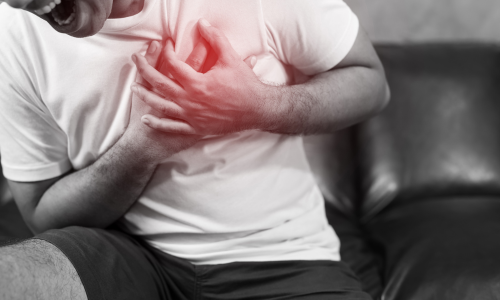

A heart attack, medically known as a myocardial infarction, occurs when blood flow to a part of the heart is blocked for a long enough time that part of the heart muscle is damaged or dies. This blockage is typically caused by a buildup of plaque (a mixture of fat, cholesterol, and other substances) in the coronary arteries, which supply blood to the heart muscle.

The primary cause of a heart attack is the blockage of one or more coronary arteries due to:
Several factors can increase the risk of having a heart attack, including:
The symptoms of a heart attack can vary, but common signs include:
If a heart attack is suspected, immediate medical attention is crucial. Several tests may be used to diagnose a heart attack:
Immediate treatment is essential to restore blood flow to the heart muscle and minimize damage. Treatment options include:
Preventing a heart attack involves making healthy lifestyle choices:
After surviving a heart attack, it’s essential to follow a heart-healthy lifestyle and adhere to your doctor’s recommendations:
Seek immediate medical attention if you experience symptoms of a heart attack, such as chest pain, shortness of breath, or fainting. Early intervention can significantly improve outcomes and reduce the risk of severe complications.
By understanding heart attacks, their causes, symptoms, and treatment options, you can take proactive steps to manage your heart health and reduce your risk. Always consult with a healthcare professional for personalized advice and treatment.
WhatsApp us